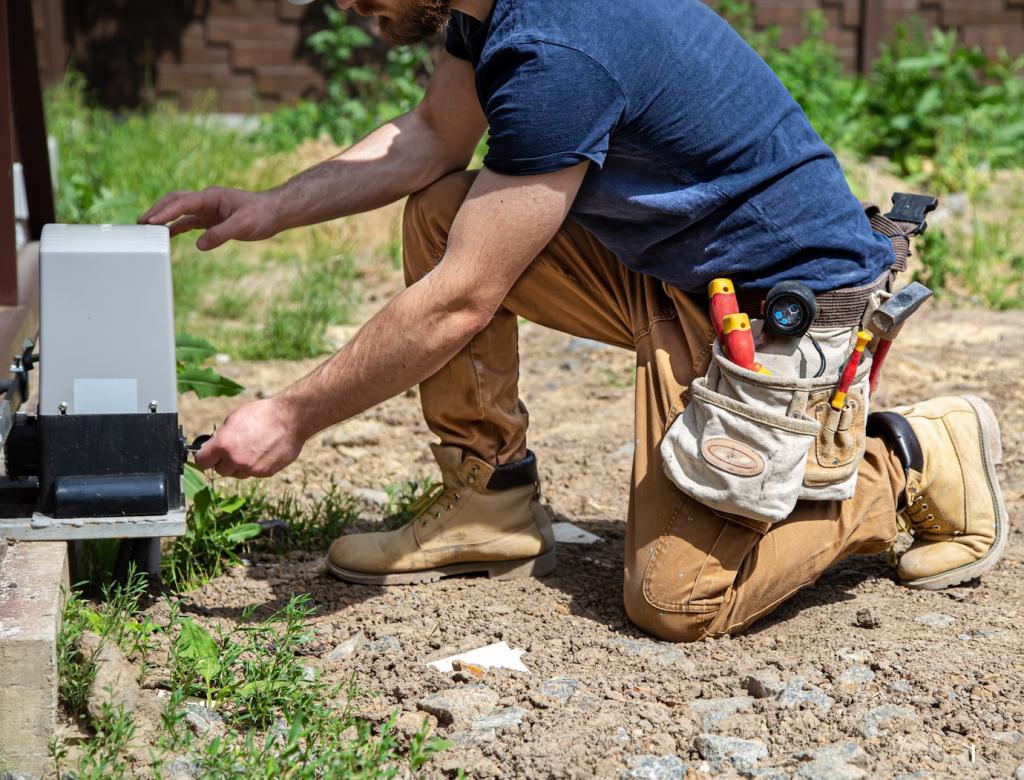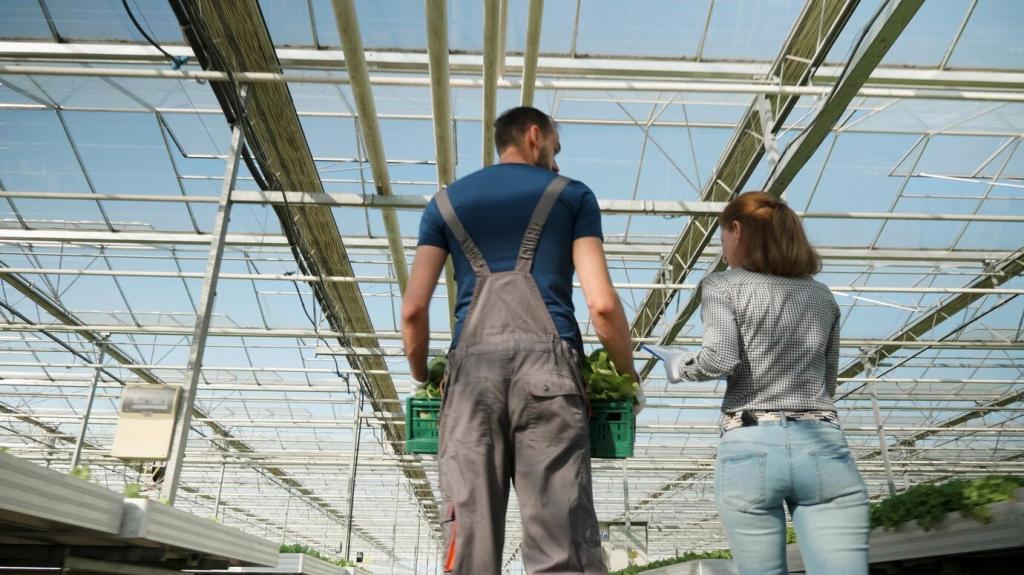Sustainable Furniture Maintenance Tips: Love What You Own, Longer
Eco-safe Cleaning That Actually Works
Simple, Non-toxic Cleaner Recipes
Mix warm water with a few drops of pH-neutral castile soap for most sealed woods and laminates; rinse with a lightly damp cloth and dry immediately. For glass, combine vinegar and water, then buff with a lint-free towel to avoid streaks and paper towel waste.
Tools That Treat Surfaces Kindly
Microfiber cloths lift dust without scratching; soft-bristle brushes reach carved details; and an old cotton T-shirt becomes a great buffing rag. Keep separate cloths for wood, metal, and fabric to prevent cross-contamination and extend the life of each dedicated cleaning tool.
A Quick Anecdote: Shine Without Chemicals
I rescued a thrifted walnut coffee table dulled by years of silicone spray. After gentle cleaning, a thin layer of natural beeswax and carnauba polish, buffed slowly, revealed a warm glow. No headache-inducing fumes—just patience, soft cloths, and a finish that felt alive.



Repair, Don’t Replace
Check wobbly chairs for loose stretchers and dowels; clean old glue and rejoin with reversible hide glue or a responsibly sourced wood adhesive. Add beeswax to screw threads for smoother turning. A careful clamp-up restores strength without new materials or landfill-bound waste.
Repair, Don’t Replace
Spot-clean with fabric-appropriate solutions, then consider slipcovers or reupholstery in durable natural fibers like wool, hemp, or recycled polyester blends. Retain quality frames and springs; replacing only worn textiles keeps embodied carbon low while refreshing style and comfort with minimal new resources.



Material-Specific Stewardship
Dust along the grain, clean sparingly with damp—not wet—cloths, and dry immediately. Use breathable, natural waxes for protection on suitable finishes, avoiding silicone sprays that complicate future refinishing. For veneer, prevent edge lifting by controlling humidity and avoiding pooled liquids near seams.
Material-Specific Stewardship
Vacuum with a soft brush to remove dust from crevices; lightly mist dry cane occasionally to preserve flexibility, but never soak. Keep these fibers out of intense sun and very dry rooms, which can cause brittleness, then wipe with a barely damp cloth to finish.
Extending Lifespan, Cutting Footprint
Most furniture’s impact is locked in during production and shipping. Extending service life spreads that footprint over more years. A well-maintained table lasting thirty years beats three ten-year replacements in materials used, packaging, emissions, and end-of-life disposal burden.

Your Sustainable Maintenance Routine
Dust weekly, deep-clean monthly by material, and wax appropriate wood surfaces seasonally. In spring and fall, check humidity, rotate cushions, tighten hardware, and inspect finishes. Tiny, regular actions prevent costly repairs and keep your most-loved pieces feeling solid, clean, and ready.

Join our mailing list
